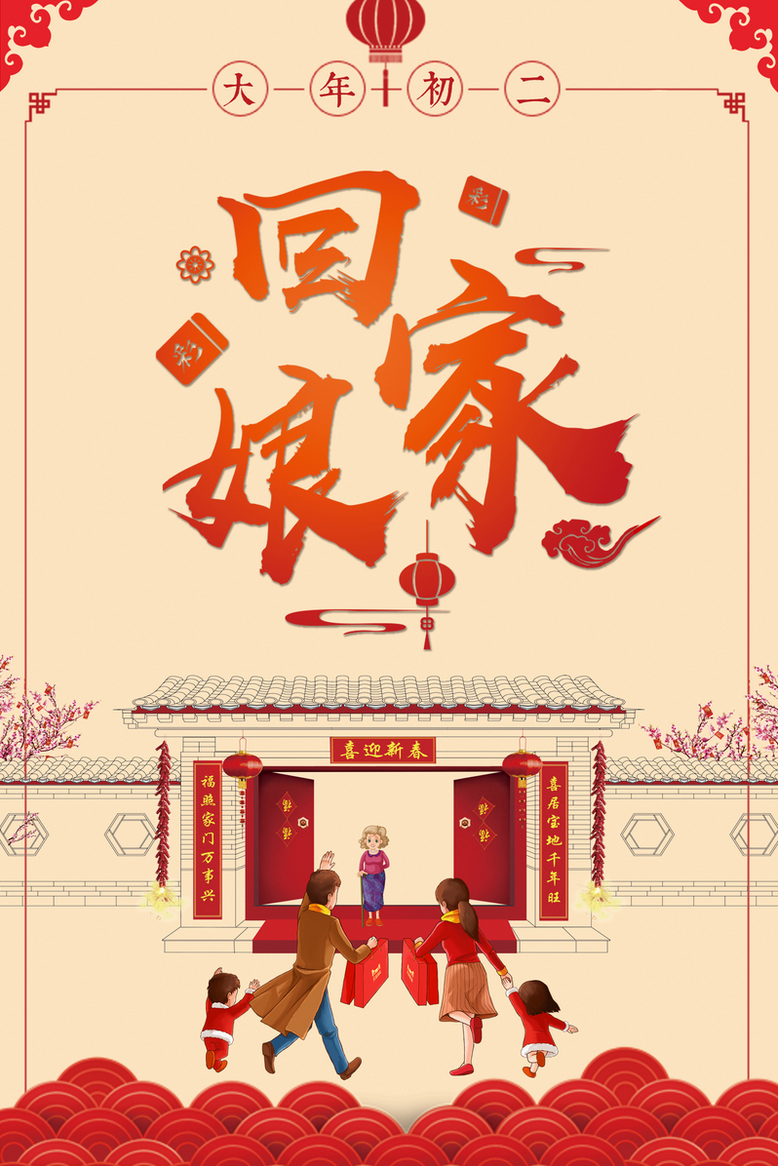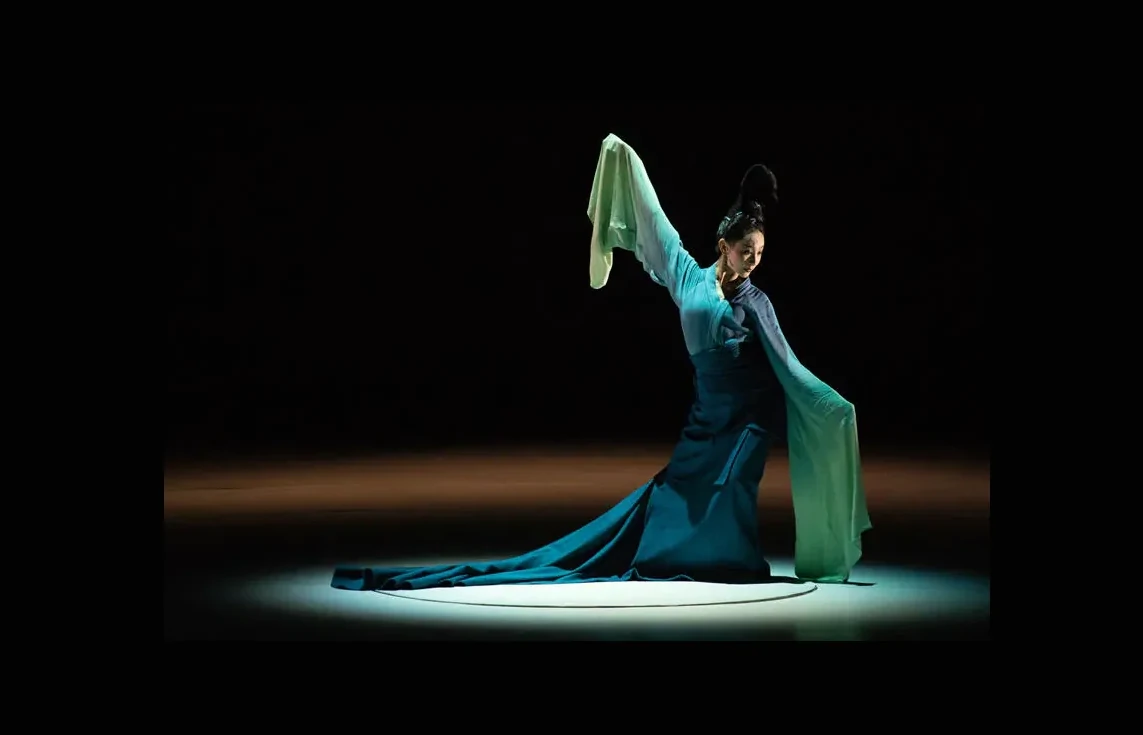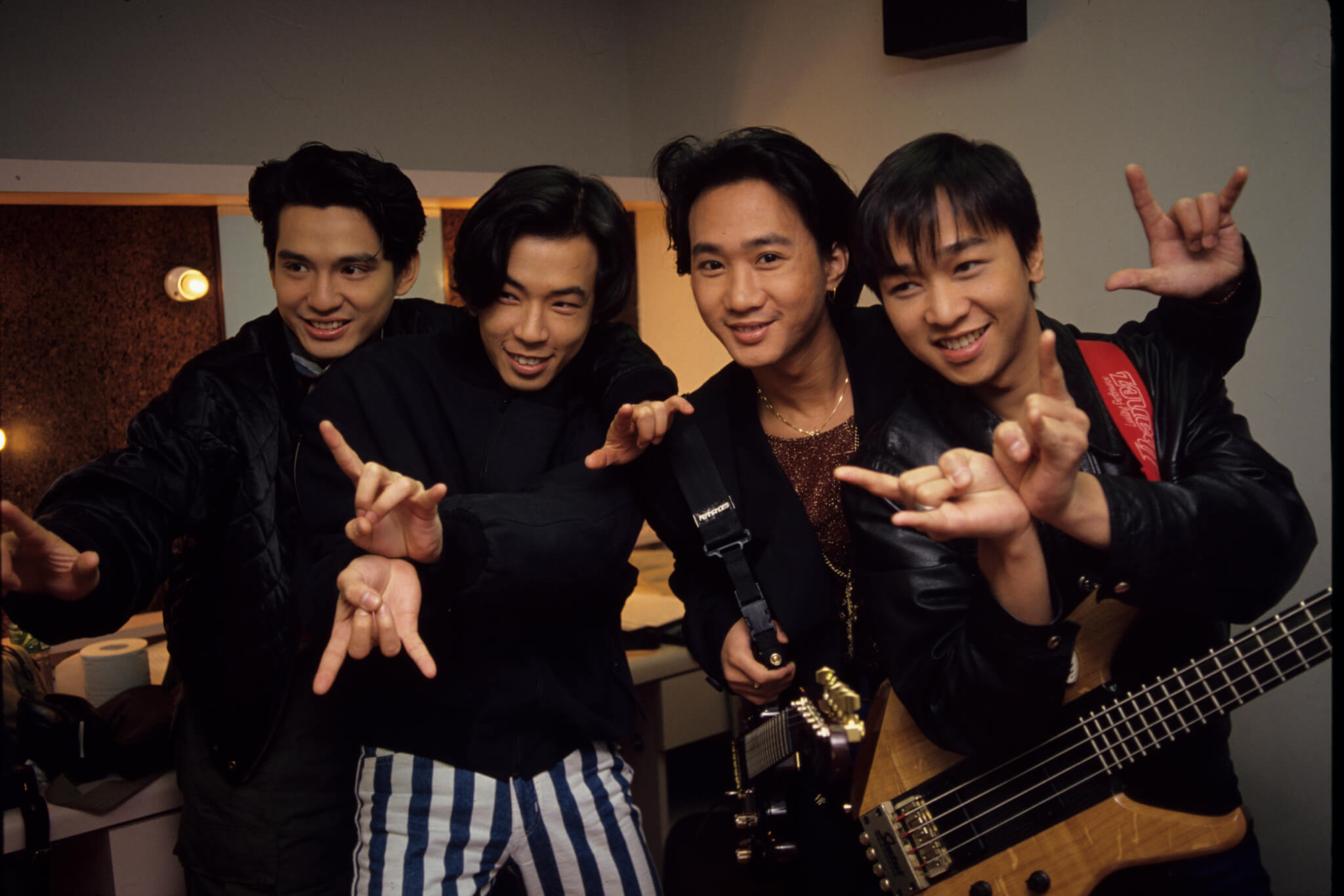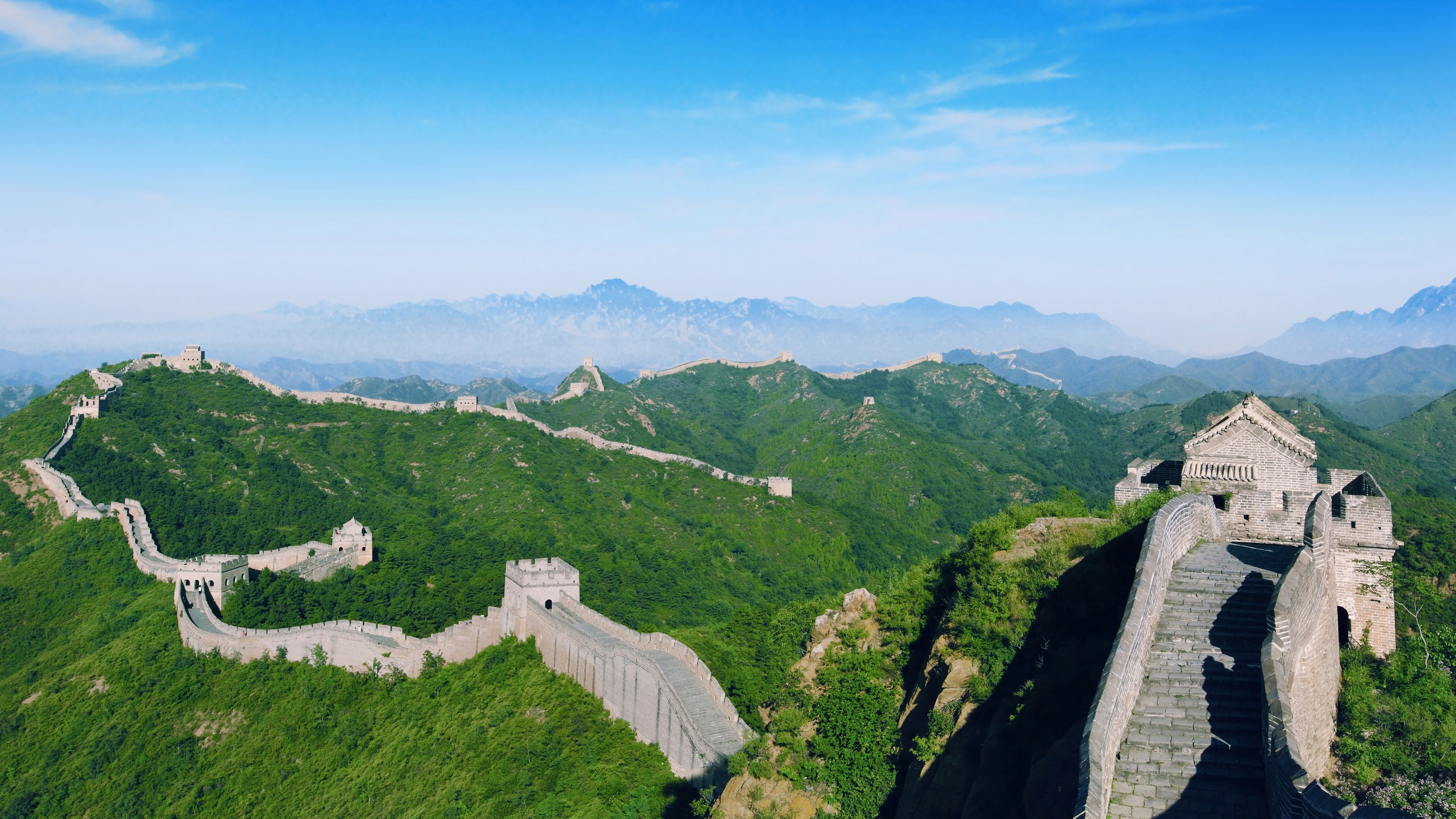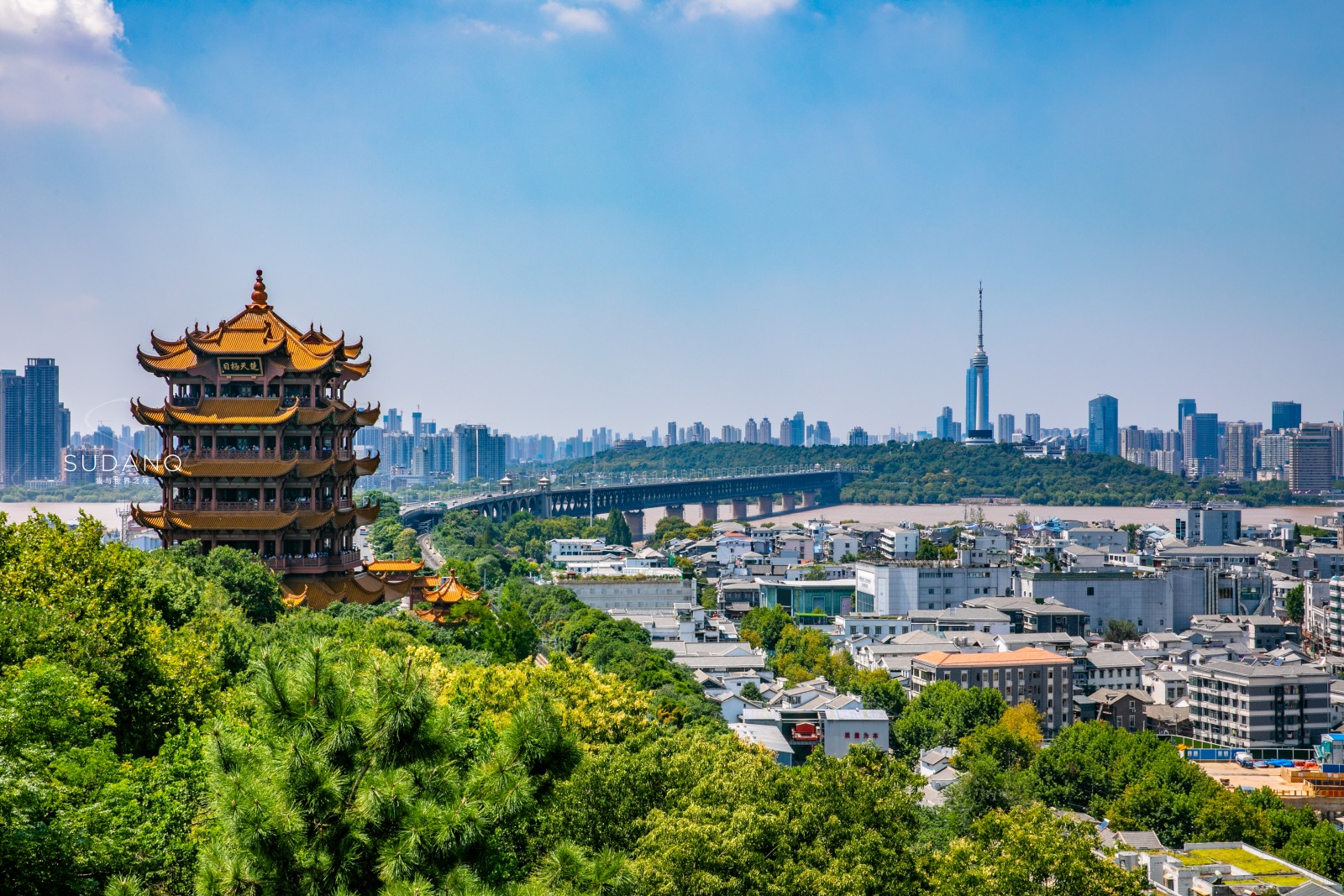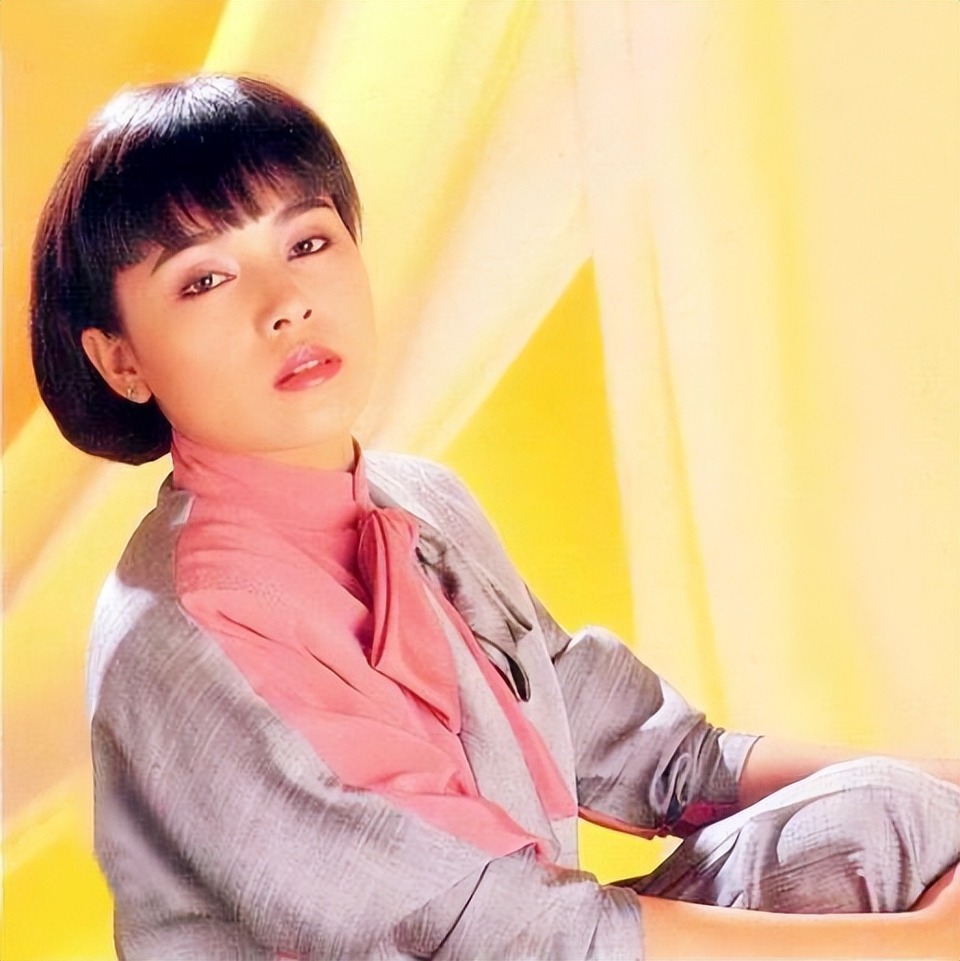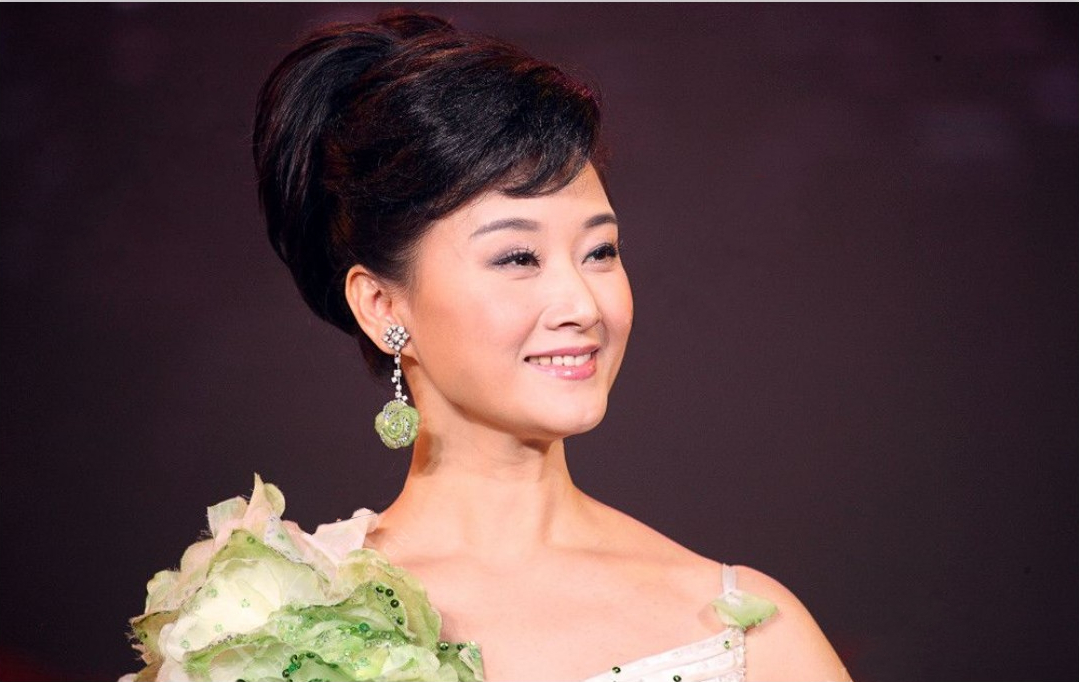
Dominio de Pingus is a Spanish winery located in Quintanilla de Onésimo in Valladolid province with vineyards in La Horra area of the Ribera del Duero region. The estate's flagship wine, Pingus, is considered a "cult wine", sold at extremely high prices while remaining very inaccessible,[1][2] and commands an average price of $811 per bottle.[3]
The winery also produces a second wine, Flor de Pingus, and a special cuvée, Ribera del Duero "Amelia". Recently, Dominio de Pingus has founded a joint project with local grape producers to make an old vine tempranillo called "PSI".
Dominio de Pingus was established in 1995 by Danish oenologist Peter Sisseck, also manager of the Pesquera de Duero estate Hacienda Monasterio.[4] On the estate's winemaking philosophies, Sisseck has stated, "The vines in my plots are very old. They have never been fertilised nor treated with pesticides and all grow following the traditional en vaso system. They are perfect."[4]
About the first 1995 vintage of Pingus, Robert Parker declared, "One of the greatest and most exciting wines I have ever tasted".[5] With a very limited first vintage production, only 325 cases were made with prices initially set at US$200 per bottle, it became yet more scarce when in November 1997 the ship transporting a U.S. bound shipment of 75 cases disappeared somewhere off the Azores in the North Atlantic Ocean.[6] The shipwreck resulted in a dramatic reaction in the US market, with prices soon rising to $495 per bottle.[5][6]
At the Ronda WineCreator conference of April 2008, Sisseck was angered by suggestions by Decanter editor Guy Woodward that some winemakers make wines to suit the palates of certain critics. In response he called Woodward's remarks arrogant for implying winemakers do not have their own opinions, adding, "I don't even think it is possible to do this."[7]
In 2007 it was announced that the Spanish government had approved plans to expand highway roads through the vineyards of Dominio de Pingus and other wineries, which was met with strong opposition by Sisseck who called it a "vengeful measure".[8]
Planted with very old vines of Tinto Fino, i.e. Tempranillo, the vineyards are 2.5 hectares (6.2 acres) in Barrosso with vines exceeding 65 years and 1.5 hectares (3.7 acres) in San Cristobal with vines older than 70 years, and the unusually low average yield of 12 hL per hectare. Since 2000, the viticulture has been biodynamic. Of the annual production of Pingus there is typically less than 500 cases, though in poor vintages no Pingus is made.
The production of the second wine Flor de Pingus, also 100% Tempranillo, is made with fruit from rented vineyards in the La Horra zone, with vines older than 35 years. Since the 2005 vintage, the viticulture has been biodynamic. The annual production is on average 4,000 cases.
Additionally there has been the single barrel cuvée, Ribera del Duero "Amelia", made from a vineyard parcel of 100+ year old vines with an average yield of 10 hL per hectare, with biodynamic viticulture since its initial 2003 vintage. The 2005 vintage had a production of 25 cases.
"PSI" is a joint project based on fruit produced by local grape growers from old tempranillo vines. The goal is to help grape producers and save old vines. Project was founded in 2006, first vintage was 2007. Grape growers are encouraged to employ biodynamic or organic vineyard management practices. The wine is made by Peter Sisseck and Pablo Rubio and sold under producer name Bodegas y Viñedos Alnardo. Vinification takes place in large concrete vats and aging in concrete and wooden tanks and oak barrels. Production of PSI 2009 was 9,600 cases, PSI 2010 was 16,600 cases.

坐上那朵离家的云霞
飘去无人知晓的天涯
背着妈妈说的那句话
孩子人生其实不复杂
喔眼泪轻轻地擦
别管那多嘴乌鸦
咽下那些风沙
你才能慢慢长大
要错过几个她
用你最好的年华
这是青春的代价
当离别开出花
伸出新长的枝桠
像冬去春又来
等待心雪融化
你每次离开家
带着远方的牵挂
那城市的繁华
盖住了月牙
当离别开出花
它生长在悬崖
在最高的山顶
才听得见回答
没什么好害怕
孩子放心去飞吧
在你的身后
有个等你的家
坐上那朵离家的云霞
飘去无人知晓的天涯
背着妈妈说的那句话
孩子人生其实不复杂
喔眼泪轻轻地擦
别忘那童年梦话
散在远方的花
也随风慢慢长大
要错过几个她
用你最真的年华
这是青春的回答
当离别开出花
伸出新长的枝桠
像冬去春又来
等待心雪融化
你每次离开家
带着远方的牵挂
那城市的繁华
盖住了月牙
当离别开出花
它生长在悬崖
在最高的山顶
才听得见回答
没什么好害怕
孩子放心去飞吧
在你的身后
有个等你的家
当离别开出花
它生长在悬崖
在最高的山顶
才听得见回答
没什么好害怕
孩子放心去飞吧
在你的身后
有个等你的家
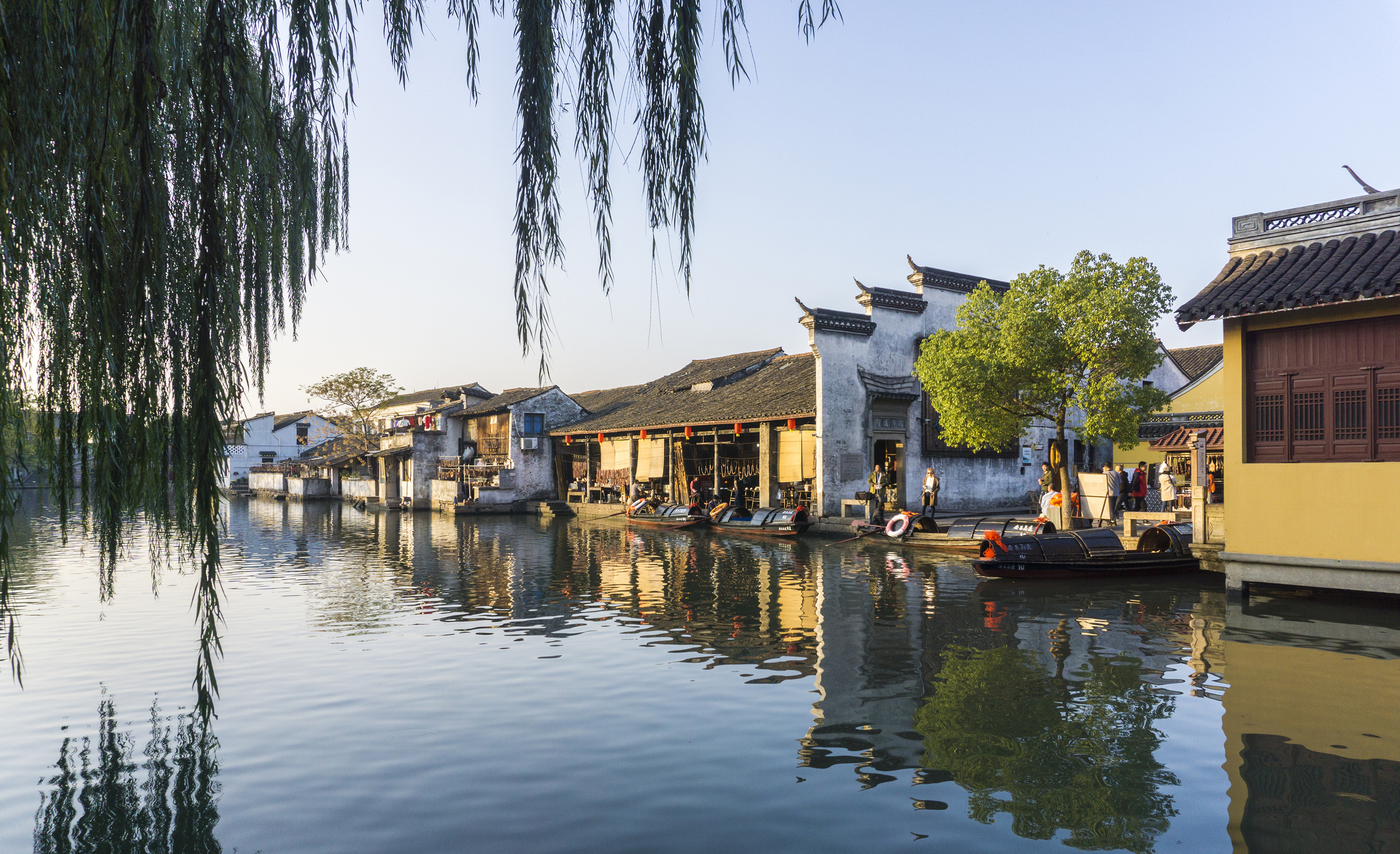
三月的烟雨飘摇的南方
你坐在你空空的米店
你一手拿着苹果一手拿着命运
在寻找你自己的香
窗外的人们匆匆忙忙
把眼光丢在潮湿的路上
你的舞步划过空空的房间
时光就变成了烟
爱人 你可感到明天已经来临
码头上停着我们的船
我会洗干净头发爬上桅杆
撑起我们葡萄枝嫩叶般的家
三月的烟雨飘摇的南方
你坐在你空空的米店
你一手拿着苹果一手拿着命运
在寻找你自己的香
窗外的人们匆匆忙忙
把眼光丢在潮湿的路上
你的舞步划过空空的房间
时光就变成了烟
爱人 你可感到明天已经来临
码头上停着我们的船
我会洗干净头发爬上桅杆
撑起我们葡萄枝嫩叶般的家

01.林憶蓮-傷痕 - 02.任贤齐 - 天涯 - 03.梁靜茹 分手快樂 歌詞 - 04.梁靜茹 -無條件為你 - 05.曹格 -背叛 - 06.林依晨 -孤單北半球 - 07.郁可唯 -指望 - 08.周華健 -有沒有一首歌會讓你想起我 - 09.花心 周华健 - 10.黃品源-小薇 - 11.莫文蔚-陰天 - 12.梁靜茹 -可惜不是你 - 13.張震嶽 -愛我別走 - 14.陳昇 -把悲傷留給自己 - 15.辛晓琪 - 领悟 - 16.凡人歌 - 李宗盛 - 17.任賢齊 -對面的女孩看過來 - 18.爱相随 周华健 - 19.伍佰 - 挪威的森林 - 20.劉若英 -後來 - 21.赵咏华 - 最浪漫的事 - 22.莫文蔚 他不愛我
 Deutschland
Deutschland
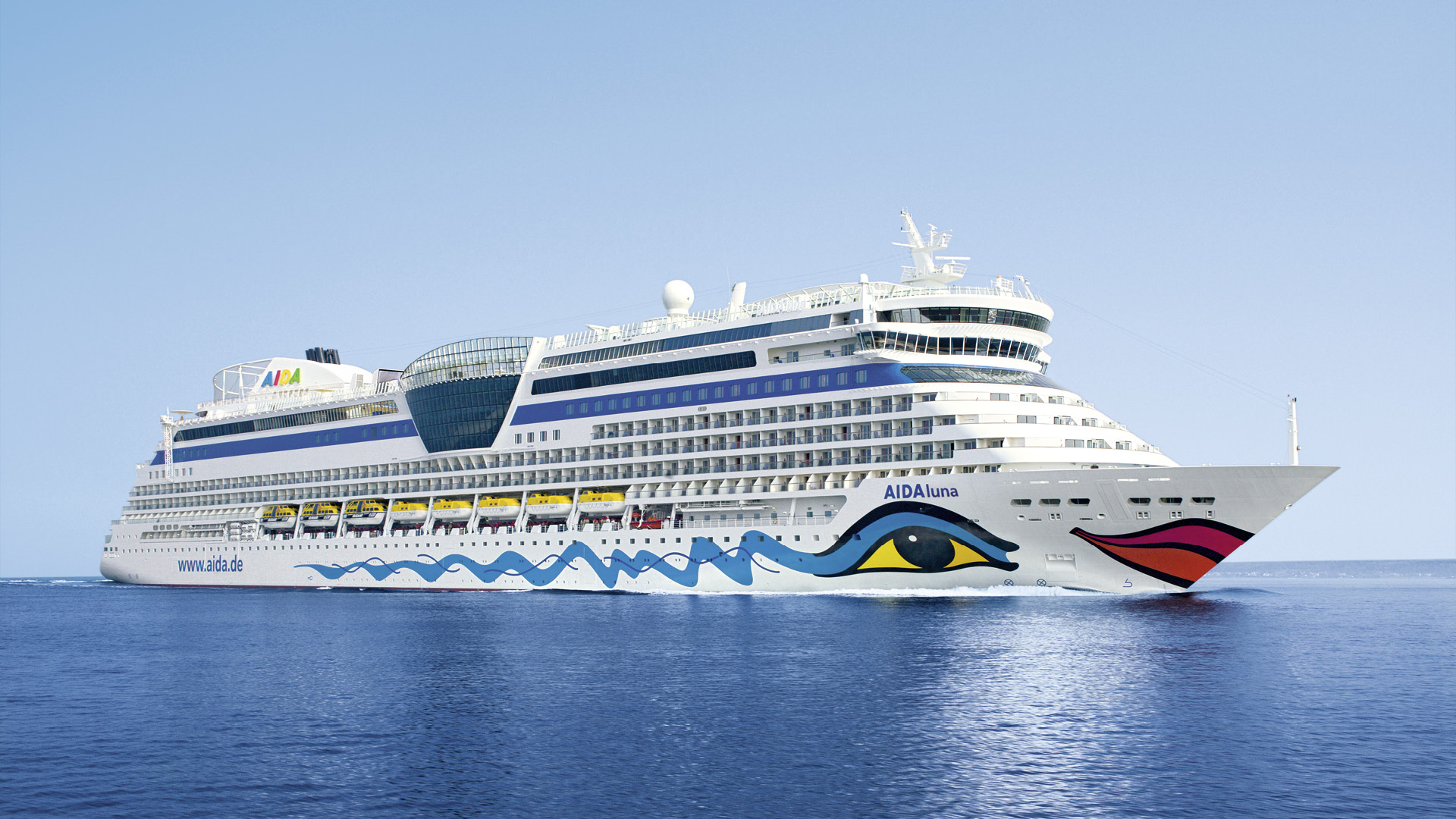
AIDA Cruises ist eine vorwiegend auf den deutschsprachigen Markt ausgerichtete Kreuzfahrtmarke der AIDA Cruises – German Branch of Costa Crociere S.p.A. und damit die Rostocker Zweigniederlassung von Costa Crociere aus Italien.
Eigentümer der Schiffe ist Costa Crociere, das Südeuropa-Tochterunternehmen der Carnival Corporation & plc mit Sitz in Genua. Für den Betrieb der unter italienischer Flagge fahrenden Flotte der Marken „Aida Cruises“, „Costa Crociere“ und „Costa Asia“ ist die im Februar 2015 gegründete Carnival Maritime GmbH in Hamburg verantwortlich.[1]
Als Logo dient ein „Kussmund“ mit Schriftzug AIDA aus Buchstaben in vier verschiedenen Farben, nach einem Entwurf des Grafikers Feliks Büttner aus dem Jahr 1996. Der Kussmund ziert zusammen mit aus dem Ägyptischen inspirierten Augen jeden Bug der Schiffe der Reederei. Nach Konzernangaben ist die Marke in Deutschland Marktführer.


